Bosscha’s Tomb: The Serenity of The Last Place
Posted by tomsez
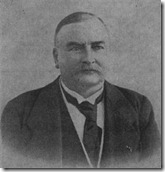 It’s one of the notes of my trip to Pangalengan at 17 March 2012. One just shouldn’t miss the tomb of someone who used to be a prominent figure at Malabar tea plantation: Karel Albert Rudolf Bosscha. Wikipedia and Google search result have almost everything about him. So here I would just let my photos guide the story more than my words.
It’s one of the notes of my trip to Pangalengan at 17 March 2012. One just shouldn’t miss the tomb of someone who used to be a prominent figure at Malabar tea plantation: Karel Albert Rudolf Bosscha. Wikipedia and Google search result have almost everything about him. So here I would just let my photos guide the story more than my words.
I started out from Bosscha’s house. Public access to this place is somewhat less restricted. The surrounding landscape is drastically changed since the last time I went here many years ago. Some new buildings with almost the same architecture style are built nearby, with rooms opened for public to rent. I find a picture of the main house, dated 1952 from Tropen Museum :
Then I tried to take a picture from the closest possible angle as the above :
A picture collage of around and inside the house : (the house is now said to be a museum, a guide is assigned for the coming visitors)
From left to right : The entrance gate, showing the year 1896 on both sides; visitors’ cars in front of the main house; new buildings with some rooms for rent; at the back, there are houses in Sundanese style also for rent; views of the living room, fireplace near the dining table, an old picture of Sundanese gamelan players in the reception room, an old piano (still playable, but two notes are dead), and a bar-like corner. The last picture is what is called “Gunung Nini” or Nini’s Mountain: a gazebo on the top of a small hill where Bosscha used to be able to watch all areas of the tea plantation.
Off the gate, on the way out of the house, on the first turn to the left is what’s going to lead you to Bosscha’s graveyard. Before turning once again to the left, there’s a sign to the place :
The graveyard is so well-maintained. Fallen leaves and trashes from visitors are regularly taken care of as there’s a keeper responsible for the task. The shadiness of trees, quietness, gusts of wind coming from the hill to the tea plantation, … all add to the whole serenity of this place.
A middle-aged lady and her spouse are the keepers in regular shift. I don’t know, but when she said something to me and addressed the name as “Pak Bosscha”, I could feel there’s a sense of connectedness in her voice. She’s not just doing her job. It’s her life. Bosscha is really like someone who has just ‘been here’.
The inscription explains who Bosscha is : (my translation)
K.A.R. Bosscha
A brillyant individual who has the dedication, integration, as well as determination. He came to Indonesia in 1887. Successfully managed and developed the Malabar Tea Plantation – Pangalengan in 1896 – 1928. He is also known for his contribution and roles for :
– Technische Hogeschool, now known as Bandung Institute of Technology
– Societeit Concordia, now known as the Merdeka Building of Bandung, where Asia-Africa
Conference was held
– Bosscha Observatorium, a star observatory with the biggest lens in the world at the era
(1923 – 1926)
– And some other masterpieces.
His last resting place here was his space for leisure in the middle of his daily activities.
Renovated as donation from:
PT. Duffill Watts Indonesia
Pangalengan, September 1999
The upper part of the tombs is said to resemble Bosscha’s hat :
For all of his contribution, he was awarded honorary citizenship of Bandung and Bosscha has become a street name in the city until now.
I wonder why I don’t see the same respect and care for Junghuhn’s Tomb. He didn’t have specific contribution to Bandung, so it is understandable if no street is under his name. But even in Lembang, the only thing that would remind people of him is ‘Jalan Taman Junghuhn’ or Junghuhn Garden Street. It denotes more on the garden. It’s not that it’s not enough, but considering the ignorance for the place, there should have been more than that.
Bosscha was very well-to-do. No doubt about that. His contribution are tangible and can be seen physically. In case of Junghuhn, his was more on science. Could this be the cause ? Have we been putting values too much only on the things that the eyes can see ?
Posted on 08/04/2012, in Cultural and tagged Bosscha, Malabar, Pangalengan, Tomb. Bookmark the permalink. 1 Comment.
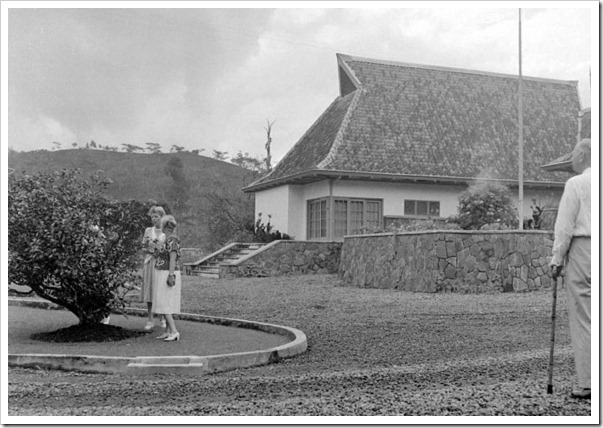
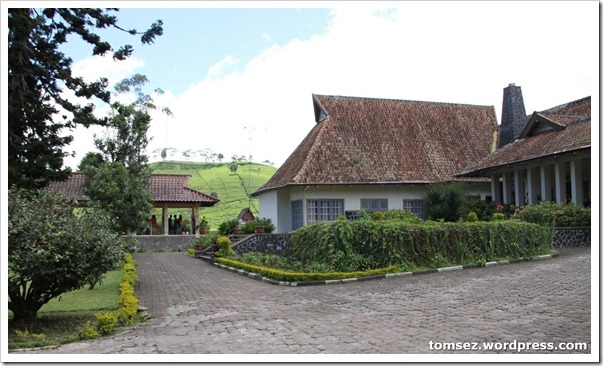
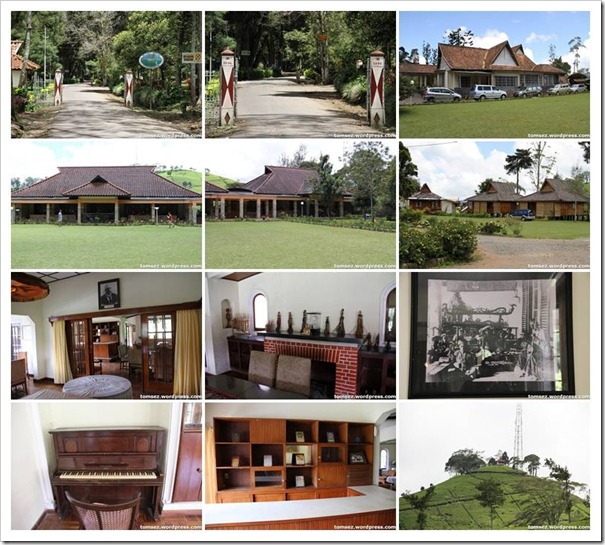

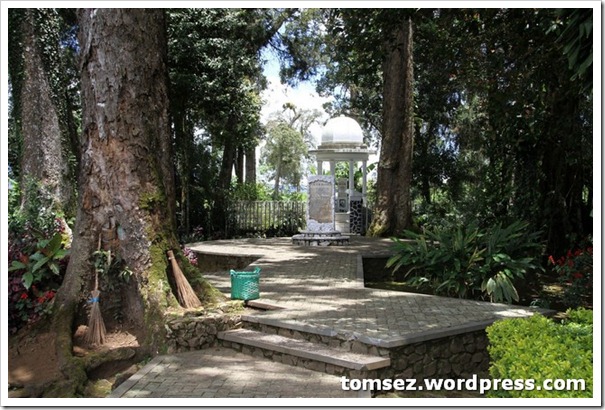

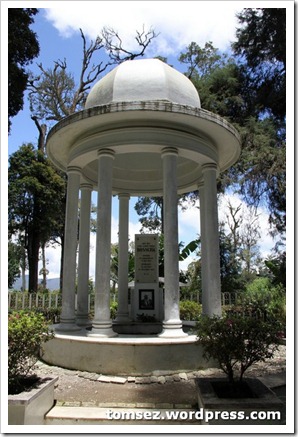

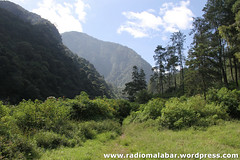

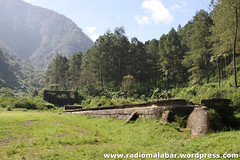

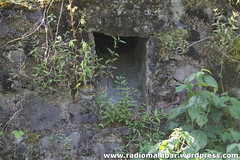
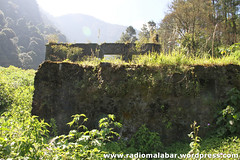



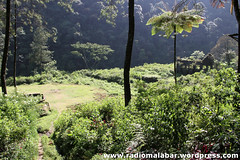
klasik banget pak tom 🙂 bagus!